Grenada Biodiversity and the Built Environment
Did you know that Grenada, a small island in the Caribbean, is home to one of the highest levels of biodiversity in the world? This stunning fact highlights the importance of preserving and protecting the natural environment in the face of urban development and sustainable planning.
Grenada, known as the “Spice Isle” for its abundant nutmeg and cinnamon production, is not just a haven for culinary delights but also a treasure trove of diverse ecosystems. From lush rainforests and stunning coral reefs to rare plant and animal species, Grenada’s biodiversity is rich and unique.
In this article, we will explore the efforts made by the Government of Grenada to promote sustainable development, conservation, and urban planning in order to safeguard this precious biodiversity. From land use and environmental planning to agriculture and tourism, we will delve into the strategies and initiatives aimed at striking a balance between development and conservation.
Key Takeaways:
- Grenada is home to a high level of biodiversity, making its conservation crucial for environmental sustainability.
- The Government of Grenada has developed a Biological Diversity Strategy and Action Plan (GBSAP) to guide sustainable development and conservation efforts.
- The GBSAP focuses on various sectors, such as land use planning, agriculture, fisheries, tourism, and building awareness.
- Efforts are being made to strengthen the management of key ecosystems, promote sustainable use of biological resources, and integrate biodiversity considerations into national policies.
- Continued review and future actions are essential to ensure the long-term protection of Grenada’s biodiversity and promote ecological sustainability.
Land Use and Environmental Planning
Grenada’s Biodiversity Strategy and Action Plan (GBSAP) recognizes the crucial role of effective land use and environmental planning in biodiversity conservation. To support this, a robust institutional framework, policy guidelines, and pertinent legislation are required. These measures allow for the integration of environmental impact assessments, aiding decision-making processes in identifying potential risks and ensuring sustainable development.
The GBSAP prioritizes the strengthening of existing legislation for biodiversity protection and calls for the inclusion of key ecosystem information in national development projects. By doing so, Grenada can effectively safeguard its rich biodiversity and contribute to the global effort of sustainable land use and environmental planning.
“Effective land use and environmental planning is vital for the conservation of biodiversity. It requires a well-defined institutional framework, strong policy guidelines, and legislation that incorporates environmental impact assessments. By strengthening existing legislation and incorporating vital ecosystem data in national development projects, Grenada can protect its rich biodiversity.”
Furthermore, when considering land use planning, it is crucial to strike a balance between development needs and the preservation of natural resources. The GBSAP advocates for the incorporation of biodiversity considerations into the planning process, ensuring that sustainable practices are implemented while maximizing benefits for both society and the environment.
Key Elements of Land Use and Environmental Planning
| Elements | Importance |
|---|---|
| Institutional Framework | Establishing a coherent structure for effective planning and decision-making processes in relation to the environment and land use. |
| Policy Guidelines | Providing a clear direction for sustainable development, incorporating biodiversity considerations. |
| Legislation | Enacting laws that protect biodiversity, ensure environmental impact assessments, and regulate land use. |
| Environmental Impact Assessment | Identifying and mitigating potential risks and impacts on the environment before making development decisions. |
| Biodiversity Considerations | Integrating the preservation and sustainable use of natural resources into land use planning processes. |
The effective implementation of land use and environmental planning, supported by appropriate institutional frameworks, legislation, and policies, is crucial for Grenada’s sustainable development. By recognizing the importance of biodiversity in decision-making processes, Grenada can ensure the long-term conservation and sustainable use of its natural resources.
Agriculture/Forests/Wildlife
In line with the goals of the GBSAP, the sustainable utilization of agriculture, forests, and wildlife resources plays a crucial role in Grenada’s biodiversity conservation efforts. By prioritizing sustainable practices, the plan aims to ensure the long-term viability of these vital ecosystems and the communities that depend on them.
The GBSAP highlights the importance of maintaining, recovering, and promoting genetic resources that are essential for sustainable agriculture. By preserving and utilizing diverse genetic resources, Grenada can enhance crop resilience, improve food security, and support the livelihoods of local farmers.
To minimize negative impacts on biodiversity, the GBSAP also emphasizes the need for effective biological pest control measures in the agriculture, forests, and wildlife sectors. By utilizing natural predators, parasites, and pathogens, Grenada can reduce the reliance on chemical pesticides and safeguard the delicate balance of these ecosystems.
To illustrate the significance of sustainable utilization in agriculture, forests, and wildlife sectors, the following table presents data on Grenada’s efforts in these areas:
| Agriculture | Forests | Wildlife | |
|---|---|---|---|
| Sustainable Practices | Implementation of organic farming methods | Protection of old-growth forests | Conservation of endangered species habitats |
| Genetic Resources | Preservation of traditional crop varieties | Conservation of indigenous tree species | Protection of genetic diversity in wildlife populations |
| Biological Pest Control | Use of beneficial insects for pest management | Encouragement of natural regeneration | Promotion of habitat corridors for wildlife |
By adopting sustainable utilization practices, Grenada can strike a balance between meeting agricultural needs, preserving precious forests, and protecting the diverse wildlife that calls this beautiful island home.
Quote:
“Sustainable agriculture, responsible forestry, and biodiversity conservation are interconnected pillars supporting a greener and prosperous future for Grenada.” – Dr. Maria Sanchez, Environmental Scientist
Fisheries, Marine and Coastal Areas
The Grenada Biological Diversity Strategy and Action Plan (GBSAP) recognizes the critical importance of sustainable management of fisheries and the protection of marine and coastal areas. These areas are vital for the conservation of marine habitats and the preservation of biodiversity. The GBSAP aims to address the negative human-induced impacts on key ecosystems and promote sustainable practices to ensure the long-term viability of these valuable resources.
By implementing effective management strategies, Grenada can strike a balance between economic considerations and environmental protection. This involves adopting sustainable fishing practices, setting catch limits, and implementing marine zoning to safeguard vulnerable areas. The GBSAP emphasizes the need to conserve and restore critical marine habitats, such as coral reefs and seagrass beds, which provide important breeding grounds and shelter for numerous species.
To promote sustainable management, the GBSAP recommends the establishment of marine protected areas (MPAs) and the enforcement of regulations to prevent overfishing and destructive fishing practices. These MPAs can serve as refuges for marine life, enabling populations to recover and providing opportunities for scientific research and monitoring.
The GBSAP states, “Through sustainable management of fisheries, marine, and coastal areas, Grenada aims to ensure the long-term ecological health and economic prosperity of these valuable resources.”
In addition to protecting marine habitats, the GBSAP also emphasizes the importance of addressing other threats such as pollution, habitat destruction, and climate change. These factors can have significant negative impacts on fisheries, marine, and coastal areas, affecting both the environment and the livelihoods of local communities that depend on these resources.
By implementing the recommendations outlined in the GBSAP, Grenada can work towards a future where sustainable management practices are the norm, safeguarding the marine and coastal ecosystems that are crucial for the well-being of both humans and marine life.
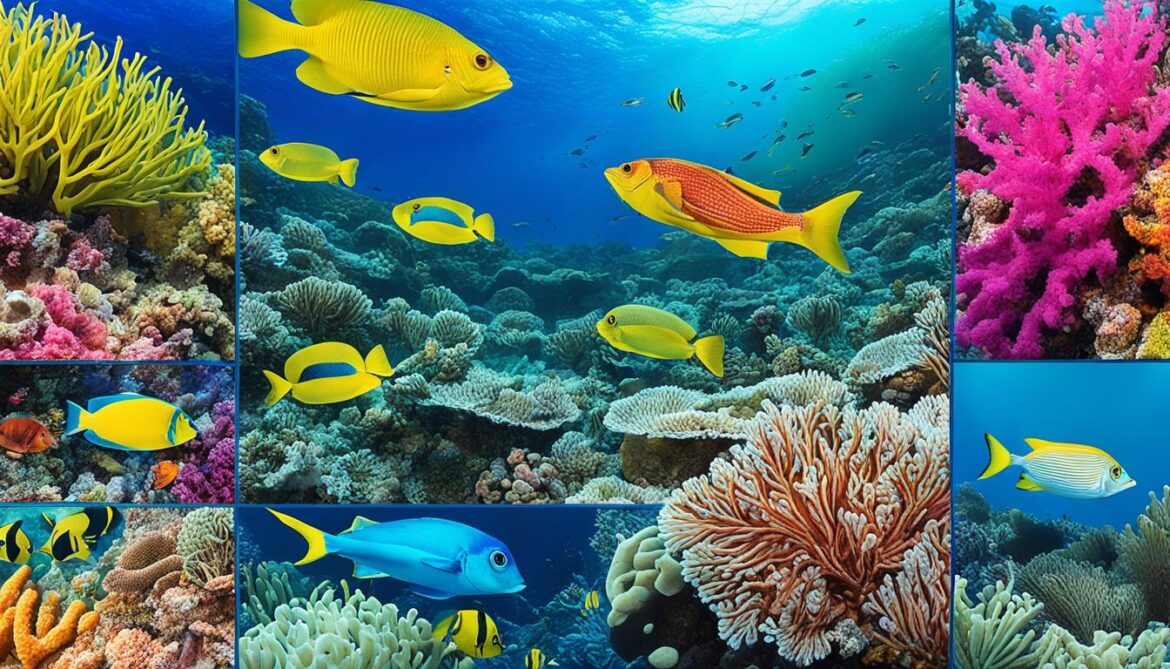
Tourism
As tourism continues to flourish in Grenada, it is crucial to address the environmental issues, social impact, and carrying capacity associated with this sector. The Grenada Biological Diversity Strategy and Action Plan (GBSAP) recognizes the significance of integrating biodiversity conservation into tourism policies and practices, ensuring the long-term sustainability of this vital industry.
In recent years, the tourism sector has faced growing concerns about its environmental impact. The GBSAP emphasizes the need for sustainable practices that minimize negative effects on the environment, including measures to conserve biodiversity-rich areas, protect sensitive ecosystems, and reduce pollution and waste.
Moreover, the social impact of tourism cannot be overlooked. While tourism can bring economic benefits and local employment opportunities, it can also lead to cultural changes, increased inequality, and strain on local resources. The GBSAP emphasizes the importance of social considerations in tourism development, such as promoting equitable distribution of tourism benefits among local communities and fostering cultural preservation.
Another critical aspect to consider is the carrying capacity of tourist activities. The GBSAP recognizes the need to establish and enforce limits on visitor numbers and activities to prevent overloading natural and cultural resources. By managing the carrying capacity effectively, Grenada can ensure the quality of the visitor experience while safeguarding the environment and the well-being of local communities.
“Sustainable tourism development requires a careful balance between economic growth and environmental and social responsibility. It is about ensuring that our natural and cultural heritage is preserved for future generations while providing memorable experiences for tourists.”
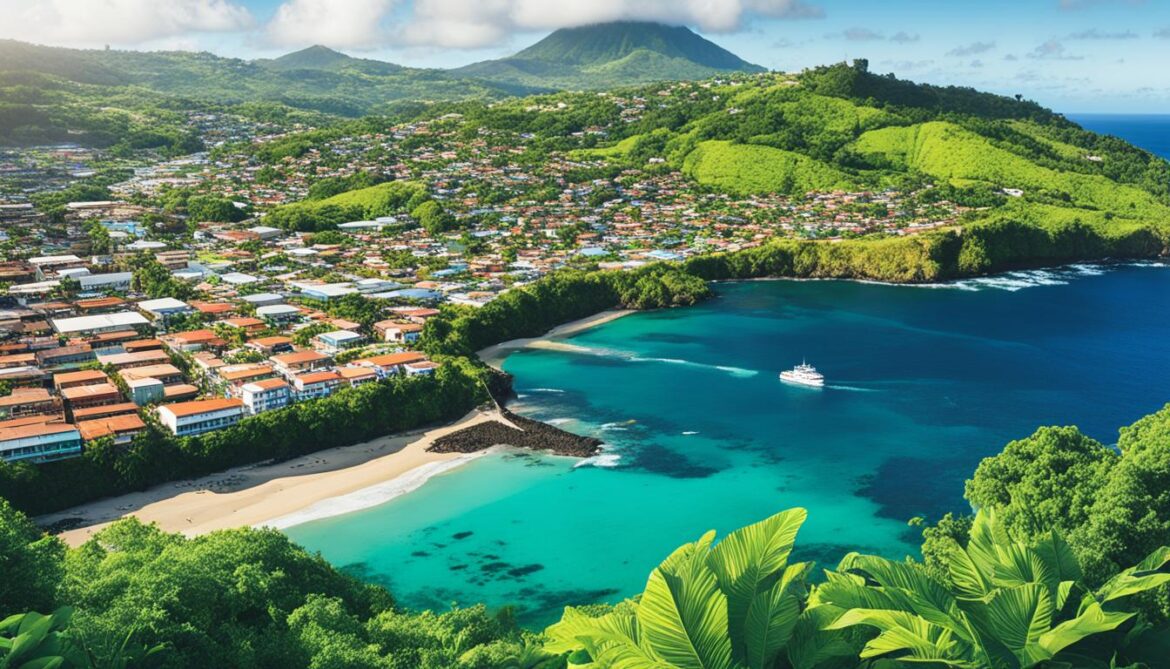
By integrating biodiversity conservation into tourism policies and practices, Grenada can foster an industry that benefits both visitors and the environment. This approach entails promoting environmentally friendly practices, supporting local communities, and balancing the carrying capacity to ensure a sustainable future.
Building Awareness on Biological Diversity in Grenada
The Grenada Biological Diversity Strategy and Action Plan (GBSAP) recognizes the crucial role of building awareness and understanding of biological diversity in Grenada. Education and public engagement initiatives are recommended to enhance knowledge and appreciation of biodiversity among the general public, promoting a sense of responsibility and encouraging actions for conservation.
By educating the public about the importance of biological diversity, Grenada aims to create a society that values and protects its unique natural heritage. These initiatives will ensure that individuals from all walks of life understand the significance of biodiversity and their role in safeguarding it for future generations.
“The more we understand about the diverse ecosystems and species that exist in Grenada, the more motivated we become to conserve and protect them.”
Education on biological diversity can take various forms, including awareness campaigns, workshops, and educational programs in schools and universities. These initiatives will equip individuals with knowledge about the irreplaceable value of the country’s natural resources and the consequences of their loss.
Public engagement activities, such as guided nature walks, citizen science projects, and community involvement in conservation efforts, provide opportunities for individuals to connect with and actively participate in biodiversity conservation.
The Importance of Education and Public Engagement:
1. Increased Awareness: Education and public engagement initiatives help raise awareness about the importance of biological diversity, highlighting its role in supporting ecosystem health, providing ecological services, and contributing to sustainable development.
2. Empowerment: By informing individuals about their role in biodiversity conservation, education and public engagement initiatives empower them to take action, make informed choices, and advocate for sustainable practices.
3. Preservation of Traditional Knowledge: Education programs facilitate the transmission of traditional knowledge about biodiversity from local communities, ensuring its continued conservation and protecting indigenous practices.
4. Building Networks: Public engagement initiatives provide opportunities for individuals to connect with like-minded individuals, organizations, and professionals, fostering collaborations and partnerships for effective biodiversity conservation.
Example: Educational Workshop
To illustrate the impact of education and public engagement initiatives, consider the following example:
| Event | Description |
|---|---|
| Biodiversity Matters Workshop | A one-day workshop organized by the Ministry of Environment in collaboration with local NGOs and academic institutions. |
| Objective | To provide participants with an in-depth understanding of Grenada’s biodiversity, its importance, and the threats it faces. |
| Activities |
|
| Outcomes |
|
Education and public engagement initiatives play a vital role in building awareness and instilling a sense of responsibility towards biological diversity in Grenada. By equipping individuals with knowledge and empowering them to take action, Grenada can foster a society that cherishes and sustains its unique natural heritage.
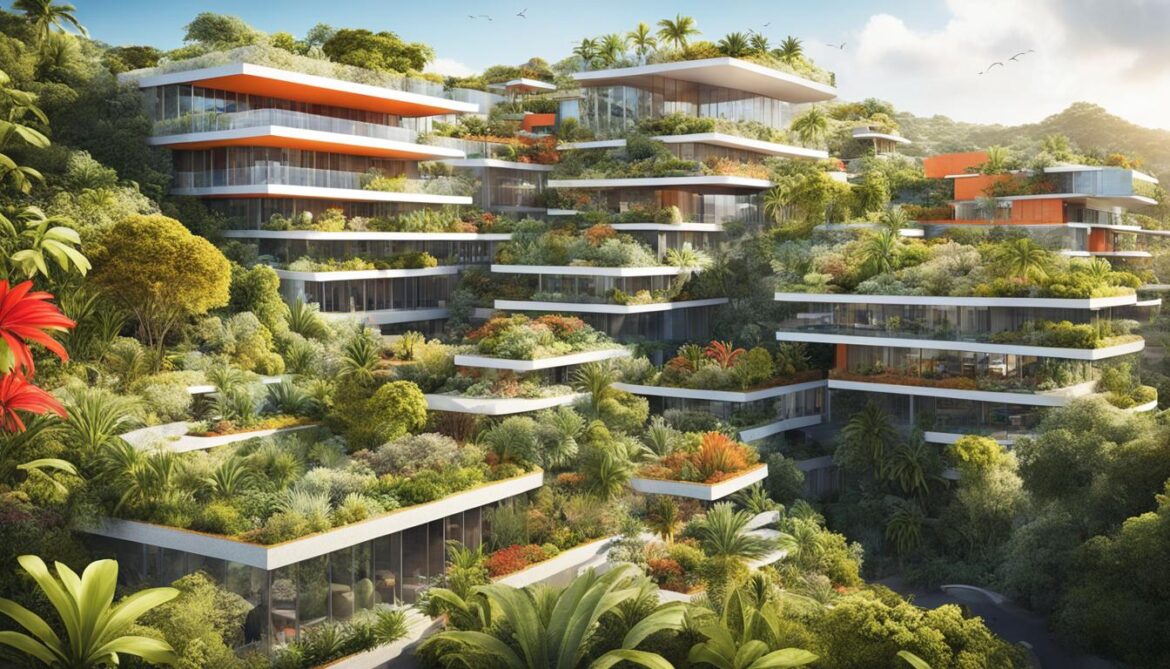
Drafting a National Land Use Policy for Grenada
The Grenada Biological Diversity Strategy and Action Plan (GBSAP) recognizes the vital role of a National Land Use Policy in promoting sustainable development and effective land use planning. This policy will serve as a guiding framework for balancing the needs of development with the preservation of natural resources, integrating biodiversity considerations into land use decisions.
The Importance of a National Land Use Policy
A National Land Use Policy is essential for Grenada’s sustainable development goals. It provides a comprehensive approach to land management by outlining principles, goals, and strategies that promote efficient and responsible land use. By considering the diverse needs of various sectors and the importance of conserving natural resources, the policy ensures a harmonious balance between development and environmental sustainability.
The drafting and implementation of a National Land Use Policy is a crucial step towards achieving sustainable development goals in Grenada. This policy will help minimize conflicts between different land uses, ensure the protection of critical ecosystems, and promote responsible development practices.
Integrating Biodiversity Considerations
One of the key aspects of the National Land Use Policy is the integration of biodiversity considerations into land use decisions. This approach recognizes the importance of preserving and conserving Grenada’s rich natural heritage while facilitating sustainable development.
Incorporating biodiversity considerations into land use planning ensures that the impacts of development activities on ecosystems and species are carefully assessed and mitigated. It takes into account the ecological functions and services provided by natural habitats, such as water purification, climate regulation, and wildlife conservation.
The National Land Use Policy will provide guidelines and regulations to ensure that development projects consider the conservation and sustainable use of biodiversity. It will promote the establishment of protected areas, habitat restoration, and the maintenance of ecological connectivity throughout Grenada’s landscape.
The Strive for Sustainable Development
By drafting a National Land Use Policy, Grenada demonstrates its commitment to sustainable development. This policy will ensure that development activities harmonize with environmental goals, contributing to the conservation of natural resources and the protection of biodiversity.
The National Land Use Policy will guide land planners, policymakers, and stakeholders in making informed decisions that promote sustainable development while considering the ecological and social impacts. It will provide a roadmap for achieving a balance between economic growth, social well-being, and environmental protection.
With the National Land Use Policy, Grenada will be equipped to address the challenges of urbanization, infrastructure development, and natural resource management in a holistic and sustainable manner.
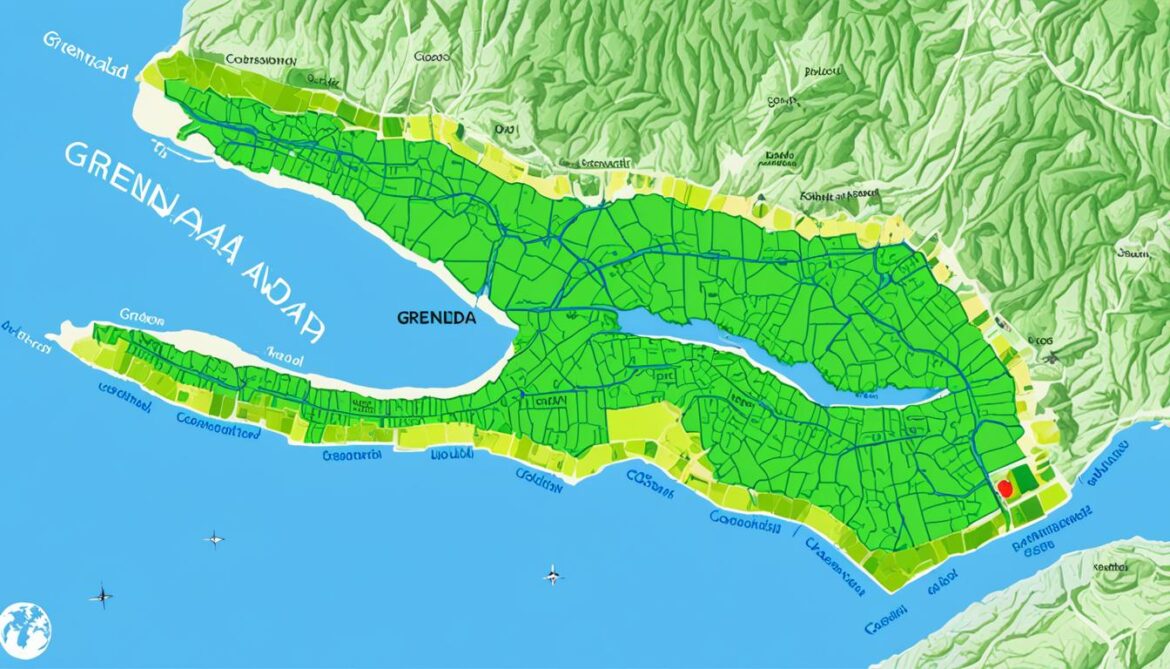
Key Elements of the National Land Use Policy
| Elements | Description |
|---|---|
| Integrated Planning | Ensure coordination between sectors for sustainable development. |
| Biodiversity Conservation | Integrate biodiversity considerations into land use decisions. |
| Protected Areas | Promote the establishment and management of protected areas. |
| Sustainable Agriculture | Promote agricultural practices that minimize negative environmental impacts. |
| Infrastructure Development | Ensure infrastructure development is environmentally sensitive. |
| Community Engagement | Encourage public participation in land use decision-making processes. |
The National Land Use Policy encompasses these key elements to guide sustainable development in Grenada. By incorporating biodiversity considerations, promoting protected areas, and engaging communities, Grenada strives to achieve a harmonious balance between development and nature conservation.
Strengthening Management of Key Ecosystems
The Grenada Biological Diversity Strategy and Action Plan (GBSAP) recognizes the critical importance of preserving and managing key ecosystems to safeguard biodiversity and ensure long-term sustainability. The plan recommends a robust approach to strengthen the management of protected areas and the conservation of critical habitats in Grenada.
Protected areas play a vital role in preserving biodiversity by offering natural habitats for a wide range of species and supporting key ecosystems. By designating protected areas and implementing effective management strategies, Grenada can protect endangered species, maintain ecosystem balance, and conserve valuable natural resources. These measures are essential for promoting ecological resilience and supporting sustainable development.
“Protected areas play a vital role in preserving biodiversity by offering natural habitats for a wide range of species and supporting key ecosystems”
The GBSAP emphasizes the need for comprehensive management plans that prioritize the conservation of key ecosystems, such as forests, wetlands, coral reefs, and mangroves. These habitats provide essential services, including carbon sequestration, flood control, water filtration, and tourism opportunities.
Enhancing the management of protected areas involves implementing effective monitoring and enforcement measures, establishing clear regulations, and promoting community engagement. Collaborating with local communities, organizations, and stakeholders is crucial in building a shared understanding of the value of key ecosystems and the need for their protection.
To illustrate the diverse range of ecosystems in Grenada and the importance of their conservation, here is a comprehensive table:
| Key Ecosystem | Location | Significance |
|---|---|---|
| Forests | Inland areas | Rich biodiversity, carbon sequestration, watershed protection |
| Wetlands | Coastal areas | Habitat for migratory birds, water filtration, flood control |
| Coral Reefs | Along the coast | Biodiversity hotspots, tourism attraction, coastal protection |
| Mangroves | Coastal areas | Nursery habitats for fish, shoreline stabilization, carbon sequestration |
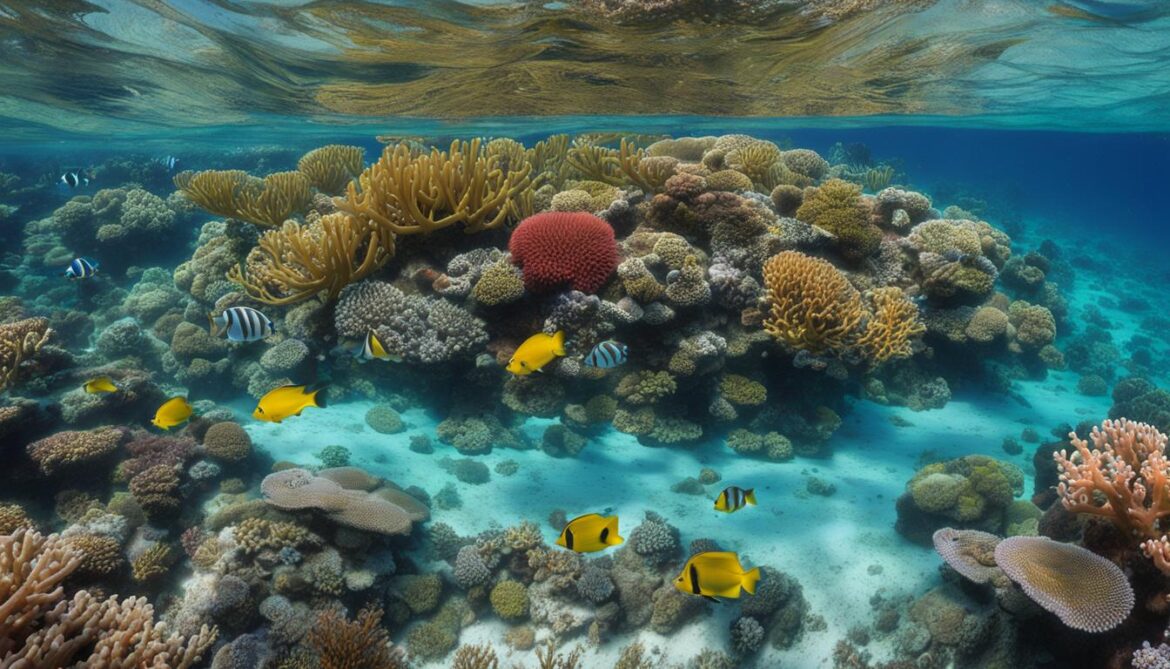
By implementing the recommendations outlined in the GBSAP, Grenada can effectively preserve its key ecosystems and protect the rich biodiversity they harbor. Strengthening the management of protected areas and promoting conservation efforts is essential for the sustainable future of both wildlife and human communities in Grenada.
Promoting Sustainable Use of Biological Resources
The Grenada Biodiversity Strategy and Action Plan (GBSAP) places significant emphasis on promoting the sustainable use of biological resources to benefit local communities. The plan recognizes the crucial role these resources play in supporting livelihoods and aims to develop and encourage sustainable practices in their utilization. It also highlights the need for capacity building initiatives to ensure the effective and responsible management of these valuable resources.
“Sustainable use of biological resources is essential for the well-being of both local communities and the environment. By promoting responsible practices, we can ensure the continued availability of these resources for future generations.”
Benefits for Local Communities
The sustainable use of biological resources directly contributes to the livelihoods of local communities in Grenada. These resources provide essential materials, such as timber, medicinal plants, and food, which support various economic activities. By promoting sustainable practices, the GBSAP aims to secure the long-term availability of these resources, ensuring the continuity of traditional practices and economic opportunities for local communities.
Developing Sustainable Practices
The GBSAP recognizes the importance of developing and encouraging sustainable practices in utilizing biological resources. This includes implementing measures to reduce overexploitation, implementing resource management plans, and promoting sustainable harvesting techniques. By adopting these practices, Grenada can strike a balance between meeting present needs and ensuring the long-term health and productivity of its ecosystems.
Capacity Building for Sustainable Use
The GBSAP emphasizes the need for capacity building initiatives to support the sustainable use and management of biological resources. These initiatives aim to enhance the knowledge, skills, and awareness of individuals involved in resource extraction and management. By equipping stakeholders with the necessary tools and information, Grenada can ensure that its biological resources are managed sustainably, benefiting both the environment and local communities.

Capacity Building for Germplasm Conservation
The conservation of germplasm and genetic resources is crucial for the sustainability of agriculture. To enhance these conservation efforts and ensure the long-term availability of essential genetic resources, the GBSAP recommends implementing capacity building initiatives. These initiatives aim to strengthen the understanding and skills of individuals involved in germplasm conservation.
Capacity building programs will focus on equipping agricultural professionals with the knowledge and tools necessary for effective germplasm conservation. These programs will cover a range of topics, including:
- Identification and collection techniques for genetic resources
- Proper storage and maintenance of germplasm
- Genetic diversity analysis and assessment
- Biotechnology applications in germplasm conservation
By providing training and educational opportunities, these capacity building initiatives aim to empower individuals working in the field of agriculture to implement best practices in germplasm conservation. This will contribute to the preservation of genetic diversity and the sustainable development of the agricultural sector in Grenada.
Benefits of Capacity Building for Germplasm Conservation
CAPTION: Enhancing skills and knowledge through capacity building programs supports the conservation of genetic resources.
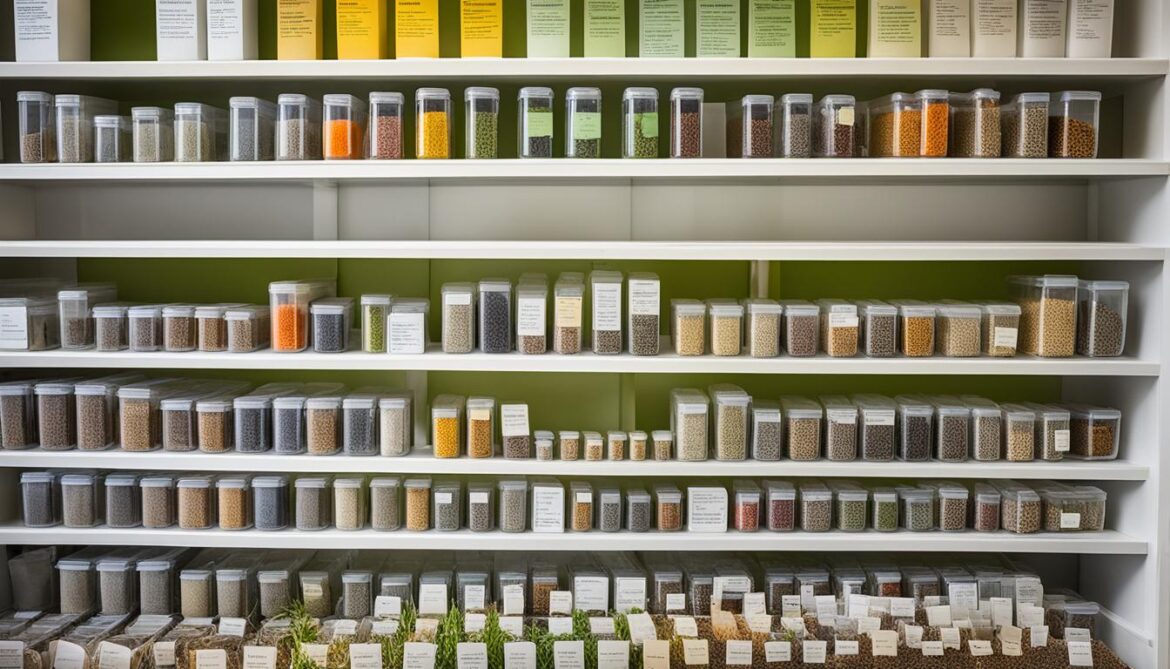
| Benefits | Description |
|---|---|
| Improved conservation practices | Capacity building programs will enable agricultural professionals to adopt and implement best practices in germplasm conservation. This will result in more effective preservation of genetic resources, ensuring their availability for future generations. |
| Enhanced research capabilities | Through capacity building initiatives, researchers will gain the necessary skills to conduct genetic diversity analysis and assessment. This will facilitate the development of research projects aimed at understanding and utilizing genetic resources. |
| Increased collaboration | Capacity building programs provide opportunities for professionals from different organizations and sectors to collaborate. This collaboration fosters knowledge exchange, promotes innovative approaches, and strengthens the overall efforts towards germplasm conservation. |
| Long-term sustainability | By building the capacity of individuals involved in germplasm conservation, Grenada will develop a pool of experts equipped to address emerging challenges and implement long-term strategies for the conservation and sustainable use of genetic resources in agriculture. |
“Capacity building is a key component in ensuring the successful conservation of germplasm. By providing individuals with the necessary skills and knowledge, we empower them to play an active role in preserving our agricultural heritage.”
Through capacity building programs, Grenada will strengthen its conservation efforts and secure the future of genetic resources in agriculture. These initiatives are vital for the sustainable development of the agricultural sector and the preservation of biodiversity.
Conclusion
The Grenada Biodiversity and the Built Environment plan (GBSAP) presents a comprehensive framework for promoting sustainable practices and conservation in Grenada. By integrating biodiversity considerations into planning and development processes, the GBSAP aims to safeguard Grenada’s natural resources for future generations.
The GBSAP identifies several activities and initiatives that are crucial for implementation. These include building awareness and understanding of biological diversity among the general public, strengthening the management of key ecosystems and protected areas, and promoting sustainable use of biological resources.
However, the journey to ecological sustainability does not end with the GBSAP. It emphasizes the need for continuous review and future actions to ensure lasting conservation efforts. By consistently evaluating and adapting our practices, we can create a future where Grenada’s biodiversity thrives and the built environment is harmoniously integrated with nature.








